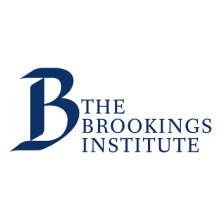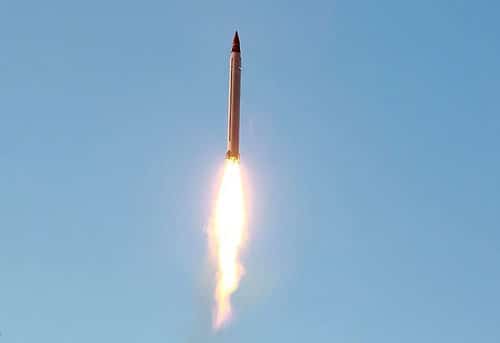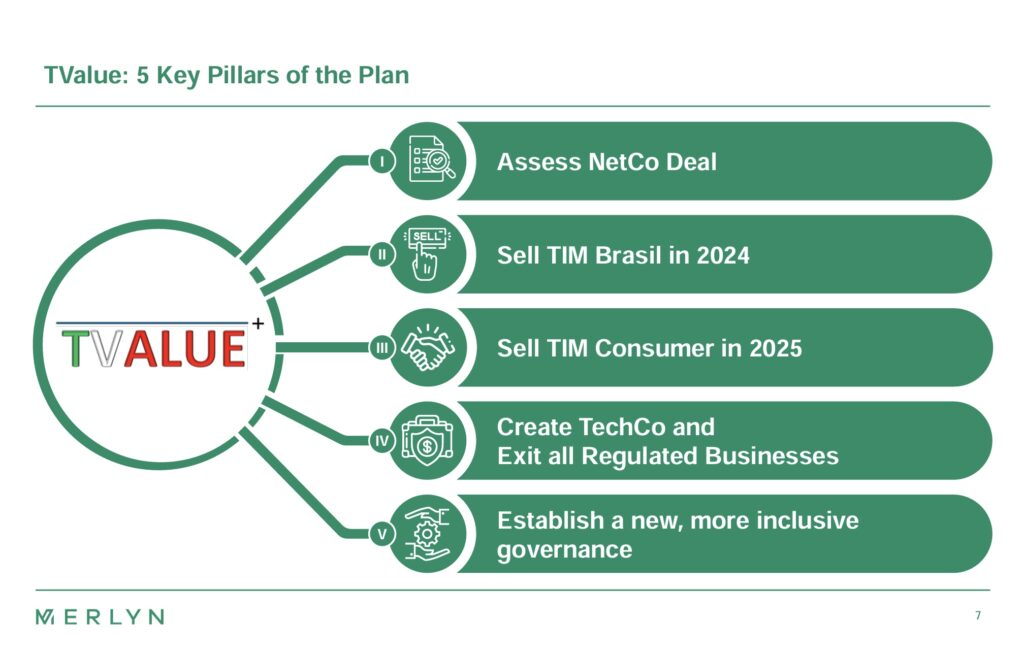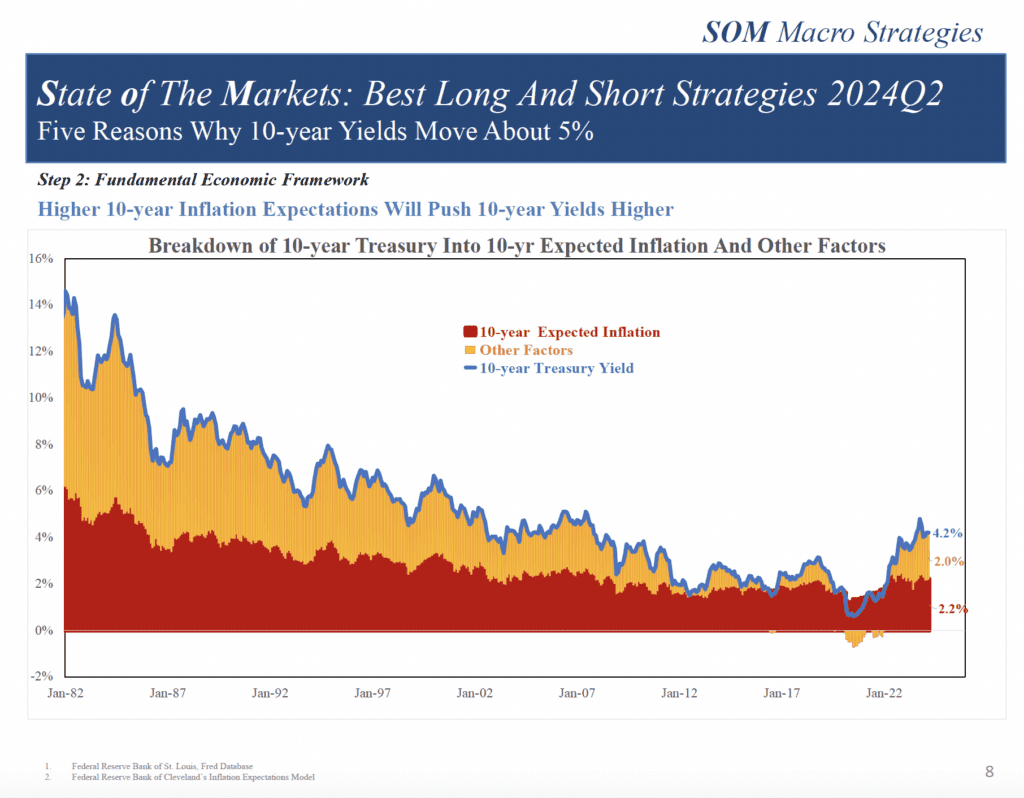Homi Kharas
Senior Fellow – Global Economy and Development, Center for Sustainable Development
COVID-19 has triggered the greatest global economic crisis since the end of World War II. It is important, however, to keep its impact in perspective and measure it against the long-term trends of steady economic progress in the world. Despite last year’s global economic meltdown, COVID-19 will only look like a blip in the steady expansion of the global consumer class, which we define as anyone earning more than $11 per day in 2011 PPP (or approximately $12 per day in 2017 PPP). In the long-term, the forces of demographic change and productivity growth are too strong to be substantially interrupted by a short-term crisis. Since 2003, when the number of poor and vulnerable people in the world probably peaked, the middle class ($11-110) has been growing fast. It is the dominant group in the consumer class; the upper class (>$110) only includes some 200 million relatively wealthy people, although they do account for one-quarter of the total spending by the global consumer class (see Figure 1).
Figure 1. The growth of the global middle class seems unstoppable
Source: World Data Lab’s MarketPro, 2021 update
In 2019, we predicted that half the world—for the first time ever—would be part of the global consumer class, which combines the middle class and upper class. This also happened to be the first time half the world was older than 30 years. COVID-19 stopped the rise of the global middle class (and the global old age group) temporarily. However, due to Asia’s economic dynamism, the expansion of the global middle class is set to continue in the next two decades. 2020 and 2021 will likely be remembered as two of the most extraordinary years in the history of the global consumer class:
- 2020 has been the only year of decline since estimates of the global consumer class have been recorded. Despite population growth of around 80 million people, the global consumer class shrank by 75 million people compared to 2019.
- 2021 will likely be remembered as the year with the highest ever increase—175 million—of the global consumer class, most of which entered the middle class.
By the middle of 2021, the world economy, in the aggregate, will be basically where it was before COVID-19 hit everyone. Half the world is again spending more than $11 per day, half the world is spending less than $11 per day. The global consumer class is experiencing a V-shaped recovery. If the recovery continues, the global consumer class will reach 4 billion in 2022.
By the middle of 2021, the world economy, in the aggregate, will be basically where it was before COVID-19 hit everyone.
This also means that the group of poor and vulnerable will keep declining. In 2004, this group reached a historic peak of 4.4 billion people which has been unnoticed by the world community. Despite a global population group of 75 million people per year, the poor and vulnerable class will keep declining by an average of 70 million people per year. This means that we will be experiencing a fundamental reversal of global fortunes within one century. In 1950, 90 percent of the world were poor and vulnerable. Today, this stands at 50 percent and by 2040, the extreme poor and vulnerable will only represent 25 percent of the world’s population (Figure 1).
Consumer spending in 2030
By 2030, households around the world will spend an estimated $91 trillion (in 2017 PPP, it would be around $100 billion). This is almost 50 percent higher than in 2020. The drivers of these $100 trillion of consumer spending are almost equally the lower-middle class, the upper-middle class, and the upper class (representing the wealthy people). The breakdown and shifts are as follows:
- Each segment of the consumer class should grow by approximately $10 trillion.
- The largest spenders will be the 3.8 billion people in the lower middle class who will collectively spend an estimated $35 trillion (2011 PPP).
- The upper-middle class and the upper class, people spending more than $50 per day, will number 1.4 billion and collectively spend over $50 trillion.
- The poor and vulnerable will remain large in absolute numbers but will only account for $5 trillion or about 6 percent of total spending, having an ever more marginal economic weight.
Table 1. All major income groups will grow strongly until 2030—but the lower middle class spends most
|
Total spending ($ trillion, 2011 PPP) |
Number of people (in billion) |
Average spending per person ($ thousand/year) | |
| Upper Class | 23 (+9) | 0.3 (+0.1) | 70 (+0.8) |
| Upper Middle Class | 27 (+9) | 1.0 (+0.4) | 26 (+0.1) |
| Lower Middle Class | 35 (+9) | 3.8 (+0.9) | 9.4 (+0.2) |
| Poor & Vulnerable | 5 (-0.7) | 3.3 (-0.7) | 1.5 (+0.1) |
| TOTAL | 91 (+27) | 8.4 (+0.7) | 11 (+2.5) |
Source: World Data Lab’s MarketPro; Note: in brackets you see the difference between 2030 and 2020
This means that the expansion of the global consumer class seems unstoppable (as long as we successfully manage climate change). Fifty years ago, middle class consumers lived almost exclusively in Western countries. Today, middle class consumers are almost everywhere and by 2030, there will be middle class dominance with 4.8 billion people (plus 335 million wealthy people). The global consumer class is also expanding because people live longer, especially in Asia, which also means that global consumers are becoming increasingly older. One year after the start of COVID-19, global consumer spending is recovering strongly. Even the worst pandemic has not been able to interrupt long-term shifts.










